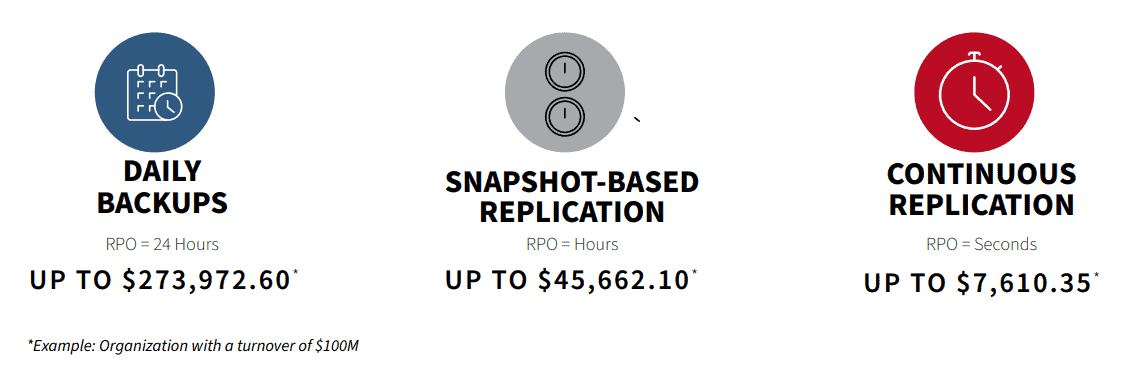
World Backup Day—Time to Revisit Your Data Backup and Recovery Plan
While there is never a wrong time to evaluate your data backup and recovery plan, there is certainly no more appropriate day than today—World Backup Day. Since its inception in 2011, World Backup Day has been the yearly reminder for users worldwide to evaluate their backup plans and what they are doing to protect against data loss.
The need for such a checkup has never been greater, with data security threats multiplying each year. According to Kevin Cole, head of training and technical marketing at Zerto, a Hewlett Packard Enterprise company, “Simply making backups is not good enough—you have to prioritize restores & recoveries. Being able to non-disruptively test and prove your ability to recover lost data following an incident is what can make or break an organization.”
Christopher Rogers, technology evangelist, underscores the urgency: “With the ever-increasing risk from ransomware attacks, as well as the challenges faced by long-term hybrid working conditions, ensuring that data is backed up is more important than ever.”
Sandeep Singh, CMO at Zerto, a Hewlett Packard Enterprise company, recently commented on the topic of ransomware as well, stating, “Organizations are increasingly aware that it’s no longer a matter of ‘if’ but ‘when’ they will be targeted by a ransomware attack. The problem is here to stay as attacks continue to rise in both volume and severity and as cybercriminals keep developing new and unexpected methods to encrypt data.”
“By helping organizations focus on how to recover in just minutes, they can take a completely different perspective on the challenges presented by ransomware and how they can transform their ability to respond,” continued Singh.
What, then, makes for an effective plan?
An effective plan includes both backup and recovery provided by continuous data protection (CDP). To back up alone is not sufficient protection; you must prioritize data restoration and recovery. CDP provides much more than the data copy of a traditional backup plan and enables you to limit downtime and restore operations in minutes instead of days or weeks.
Your plan must protect applications, not simply the data in the application. CDP provides streaming protection of every change in an application or on the server, not just a nightly backup copy.
Low recovery point objectives (RPOs) and low recovery time objectives (RTOs) are also essential. Your plan should provide both, without compromising one for the other. Legacy backup, which rely on snapshots, cannot meet these low RPO and RTO requirements and bring disruptions to production environments and complex application dependencies.
CDP, however, provides always-on replication and journal-based recovery, enabling you to roll back to seconds before an incident and restore with just a few clicks.
Scale your plan to your business goals. It should match both your current needs and where your organization plans to be in three to five years. The backup plan that seemed a perfect fit five years ago is likely not the most secure option anymore. This yearly data backup and recovery check is the ideal time to re-evaluate your plan and make changes, if needed.
To sum it up, CDP is widely recognized as the best way to dramatically limit data loss and downtime. Using industry-leading continuous replication, CDP can protect your data and applications across private, public, and hybrid cloud. Its journal-based recovery technology allows for the lowest recovery times possible, minimizing downtime in the case of a data incident.
If your business is considering modernizing your data protection strategy, check out Zerto Versus Traditional Backup to see just where continuous data protection can fill in the gaps.



